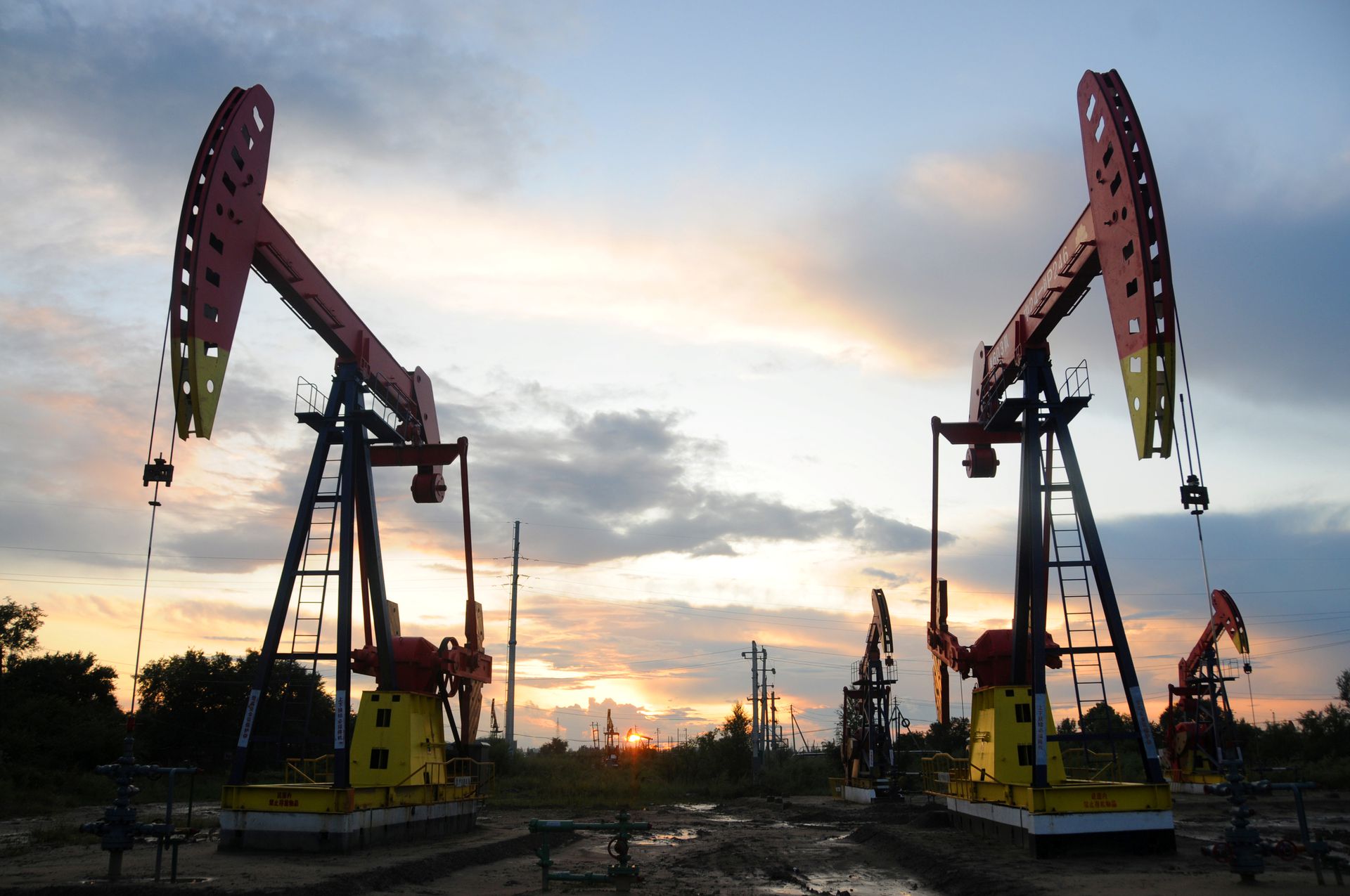Commodities
Why is oil getting more expensive? Price rises on supply and demand outlook

Global oil prices moved higher Thursday afternoon, trading data showed. Why is oil getting more expensive? Investors continue to assess the prospects for the balance of supply and demand in the market, including the OPEC+ deal.
Why have oil prices gone up so much? The price of January futures on Brent grew 0.83% to $87.69 per barrel, while February futures on WTI grew 0.87% to $81.25. Oil was getting cheaper by 0.5% in the morning.
Why have oil prices gone up so much?
Investors continue to watch the outlook for oil supply and demand. Thus, investors are waiting for the OPEC+ meeting, which is scheduled for Sunday, December 4. Traders assess whether the parameters of the oil agreement will be changed. Because the situation remains tense, even the stock market is falling. The trend can even be seen in Walt Disney stock price predictions.
Traders also fear a possible recession amid global central bank policy to raise rates due to high inflation as well as China’s measures to combat the coronavirus. The economic outlook could affect oil demand.
“The OPEC+ decision remains uncertain, but an extension of current production cuts is likely. The group will need to better understand China’s real measures on COVID before doing anything else with production levels,” Vanir Global Markets Pte. managing director James Whistler told Bloomberg. James Whistler.
Earlier, we reported that Bloomberg learned about the EU’s discussion of a $60 price ceiling on Russian oil.
Commodities
Oil prices rise; U.S. crude inventories plunge, Russia-Ukraine truce eyed
Commodities
India’s Reliance to stop buying Venezuelan oil over US tariffs, sources say
Commodities
Oil prices climb on Venezuela supply worries

 Forex3 years ago
Forex3 years agoForex Today: the dollar is gaining strength amid gloomy sentiment at the start of the Fed’s week

 Forex3 years ago
Forex3 years agoUnbiased review of Pocket Option broker

 Forex3 years ago
Forex3 years agoDollar to pound sterling exchange rate today: Pound plummeted to its lowest since 1985

 Forex3 years ago
Forex3 years agoHow is the Australian dollar doing today?

 Cryptocurrency3 years ago
Cryptocurrency3 years agoWhat happened in the crypto market – current events today

 World3 years ago
World3 years agoWhy are modern video games an art form?

 Commodities3 years ago
Commodities3 years agoCopper continues to fall in price on expectations of lower demand in China

 Economy3 years ago
Economy3 years agoCrude oil tankers double in price due to EU anti-Russian sanctions



























